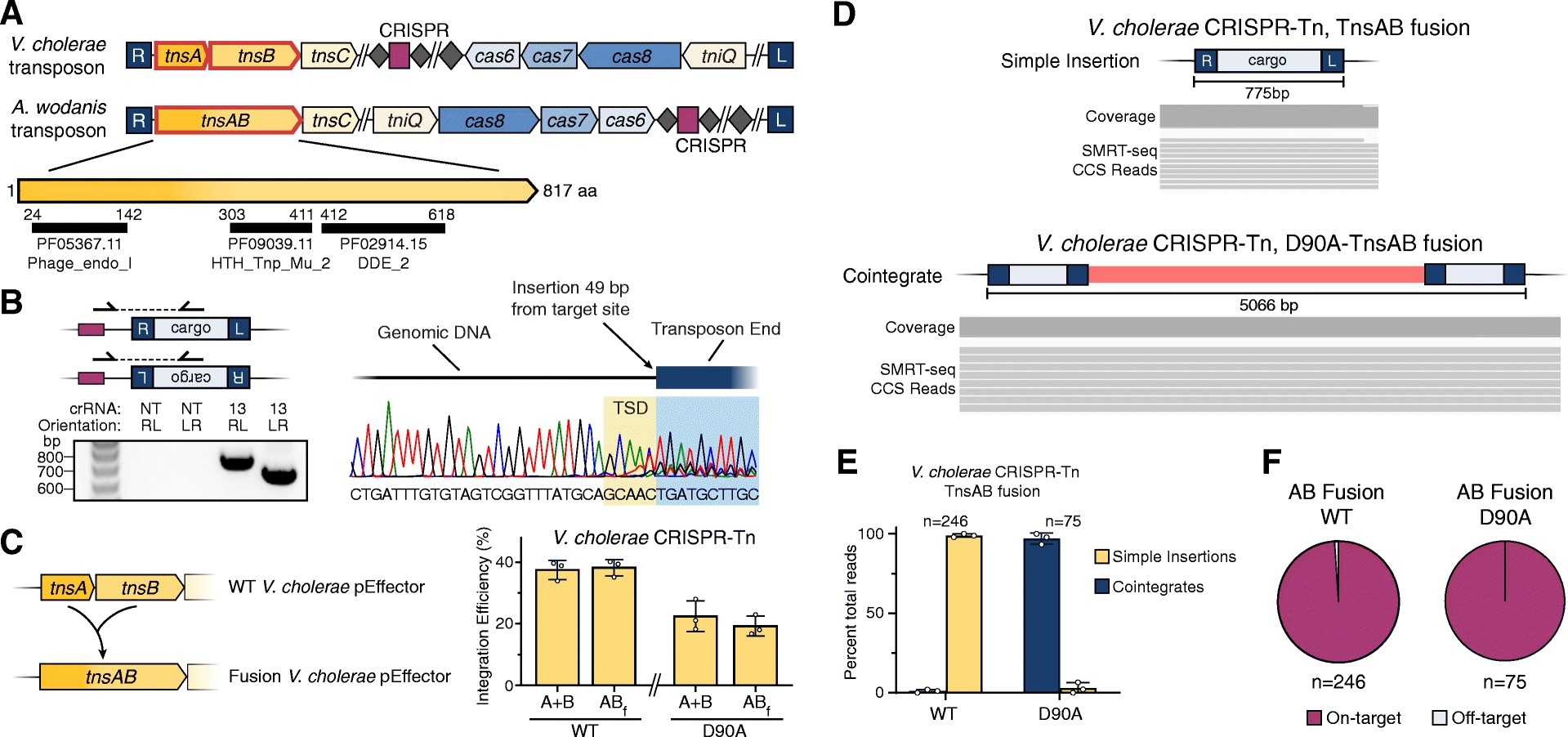Guide RNA (gRNA) is a crucial component in CRISPR-Cas systems, enabling precise targeting of specific DNA sequences. But How Long Is Guide Rna, and why does its length matter? This article delves into the structure, function, and importance of gRNA length in genome engineering.
Guide RNA: The Targeting System of CRISPR-Cas
The CRISPR-Cas system, a revolutionary tool in molecular biology, relies on two main components: the Cas protein (typically Cas9) and the guide RNA (gRNA). The Cas protein acts as a molecular scissor, while the gRNA directs the Cas protein to the desired location in the genome.
The gRNA is a short RNA sequence, typically around 20 nucleotides long, that is complementary to the target DNA sequence. This complementarity allows the gRNA to bind to the DNA, guiding the Cas protein to make a precise cut at the targeted location.
Determining Guide RNA Length
The length of the guide RNA is a critical factor in determining the specificity and efficiency of the CRISPR-Cas system. Generally, gRNAs range from 17 to 24 nucleotides in length. However, the optimal length can vary depending on the specific application and the target sequence.
Shorter gRNAs (e.g., less than 17 nucleotides) may have reduced binding affinity to the target DNA, leading to lower editing efficiency. Longer gRNAs (e.g., more than 24 nucleotides) may increase the likelihood of off-target effects, where the gRNA binds to unintended sites in the genome.
Factors Influencing Optimal Guide RNA Length
Several factors influence the optimal length of a guide RNA:
- Target Sequence: The sequence of the target DNA can affect the binding affinity of the gRNA. GC-rich sequences may require shorter gRNAs to avoid excessive binding strength, while AT-rich sequences may benefit from longer gRNAs for improved binding.
- Cas Protein: Different Cas proteins may have different requirements for gRNA length. For example, some Cas proteins may be more tolerant of longer gRNAs than others.
- Off-Target Effects: Minimizing off-target effects is a primary concern in CRISPR-Cas experiments. Shorter gRNAs can sometimes improve specificity by reducing the number of potential off-target binding sites.
- Experimental Design: The specific goals of the experiment can also influence the choice of gRNA length. For instance, if high editing efficiency is critical, a slightly longer gRNA may be preferred, even if it slightly increases the risk of off-target effects.
Optimizing Guide RNA Length for Enhanced Specificity
To mitigate off-target effects associated with longer gRNAs, researchers have explored various strategies:
-
Truncated gRNAs: These are shortened gRNAs (e.g., 17-18 nucleotides) designed to improve specificity without significantly sacrificing editing efficiency.
-
Modified gRNAs: Chemical modifications to the gRNA can enhance its specificity and reduce off-target binding.
-
Paired Cas9 Nickases: This approach involves using two Cas9 nickases (which only cut one strand of DNA) guided by two different gRNAs targeting nearby sites. This strategy requires both gRNAs to bind to their targets for a double-strand break to occur, greatly reducing off-target effects.
Experimental Procedures and Guide RNA
The following experimental procedures provide context on how guide RNAs are utilized in specific assays.
Transposition Assays
Transposition assays involve co-transforming E. coli with plasmids encoding the guide RNA and transposon components. The effector plasmid (pEffector) encodes the guide RNA and all protein components on a pCDFDuet-1 backbone, and the donor plasmid (pDonor) encodes a ~1-kb mini-transposon on a pBBR1 backbone. Different E. coli strains like WT BW25113 or BL21(DE3) are used depending on the system (V. cholerae, S. hofmannii, A. wodanis). IPTG is used for expression induction in some systems.
PCR and qPCR Analyses
Following incubation, colonies are lysed, and PCR/qPCR is performed using primers specific to both the genome and the mini-transposon. This allows for quantification of integration efficiency, providing insight into how well the guide RNA directed the transposon to the target site. Integration efficiency (%) for each orientation is defined as 100 x (2^ΔCq), where ΔCq is the Cq (genomic reference pair) – Cq(T-RL pair OR T-LR pair); the total integration efficiency is the sum of both orientation efficiencies.
 qPCR primer design for transposition assays
qPCR primer design for transposition assays
SMRT-Sequencing
For more comprehensive analysis, SMRT-sequencing is used to identify insertion sites across the entire genome. Genomic DNA is extracted, and SMRTbell libraries are prepared and sequenced. The resulting data is analyzed using custom Python scripts to map the locations of mini-transposon insertions. On-target reads are defined as reads with genomic insertion locations within a 100-bp window, centered at the site X-bp downstream of the 3′ end of the target site complementary to the guide RNA, with X = 49 for the V. cholerae system and X = 40 for the S. hofmannii system.
SMRT-Seq Data Analysis
Bioinformatic analysis of SMRT-seq data involves using tools like BLASTn and bowtie2 to identify and classify transposon insertion sites. Reads are classified as plasmid reads, simple insertion transposition products, or cointegrate transposition products based on whether flanking sequences map to the donor plasmid or the genome.
Conclusion
In summary, when considering how long is guide RNA, the answer isn’t a one-size-fits-all. The optimal length of a guide RNA typically falls between 17 and 24 nucleotides, but the ideal length depends on factors such as the target sequence, the Cas protein used, and the need to minimize off-target effects. By carefully optimizing gRNA length and employing strategies to enhance specificity, researchers can harness the full potential of the CRISPR-Cas system for precise and efficient genome engineering. Further research and development in gRNA design and modification will continue to refine and improve the specificity and efficacy of CRISPR-Cas technology.